INITIATIVES
Boxerwood pursues its stewardship mission and manages the property through the following major strategies
- Protect the local and regional watersheds to which we belong, from Woods Creek to the Chesapeake.
- Ensure a resilient and healthy biotic community (flora and fauna) on our property.
- Implement pollution elimination strategies to protect our land, air, and water.
- Promote human-nature connections through inspirational and recreational activities outdoors.
- Facilitate stewardship actions in our local communities that pursue the same strategies above.
restoring habitats
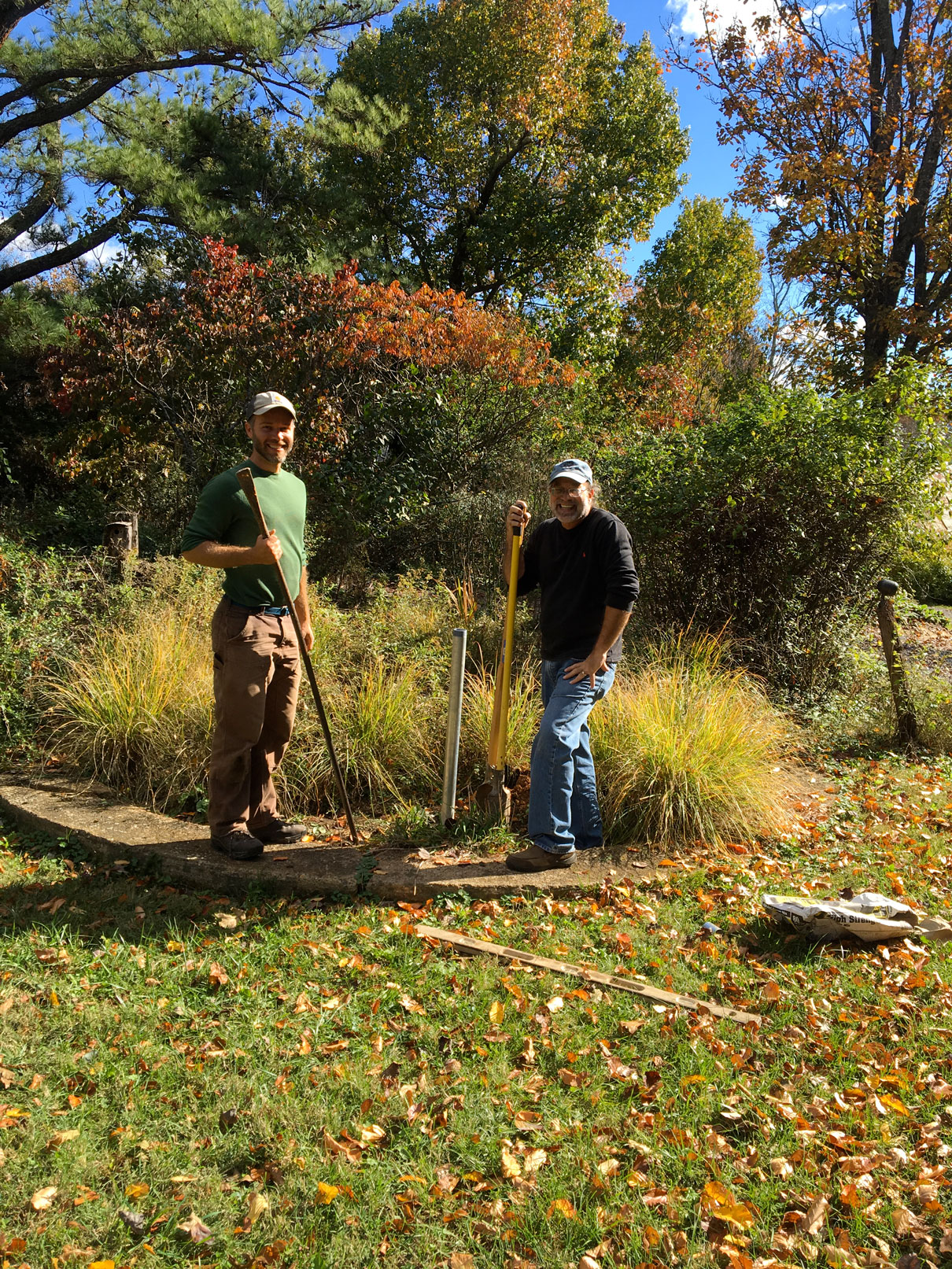
Many kinds of creatures in addition to pollinators call Boxerwood home. And the more diverse our community, the better. Diversity brings ecological vitality and resilience. We can help wildlife thrive by ensuring all sorts of species from salamanders to sapsuckers have what they need at Boxerwood: food, water, space, and places to raise young. Helping wildlife also means reducing erosion into our ponds and wetlands, limiting mowing in our fields, and providing additional nesting sites for cavity dwellers through bird and bat boxes. It also means making thoughtful decisions about when and if to apply herbicides, pesticides, and fertilizers. Protecting Boxerwood habitats means more than just managing our 15 acres. It also means managing our own human actions. Climate change is impacting ecological communities around the globe and right here at Boxerwood. So what are we doing at Boxerwood to reduce our own contributions to climate change? Read on!
our efforts
Restoring habitats means managing our former farmland with the needs of wildlife in mind. Everyone at Boxerwood is committed to establishing a healthy and thriving environment for the local wildlife.
Plant cover and berry or nut bearing trees that animals can use to hide or live in.
Plant more native plants to promote a healthy ecosystem, which will benefit the local wildlife.
Maintain select standing deadwood and brush piles for animals to use for shelter.
KEEPING OUR WATER CLEAN
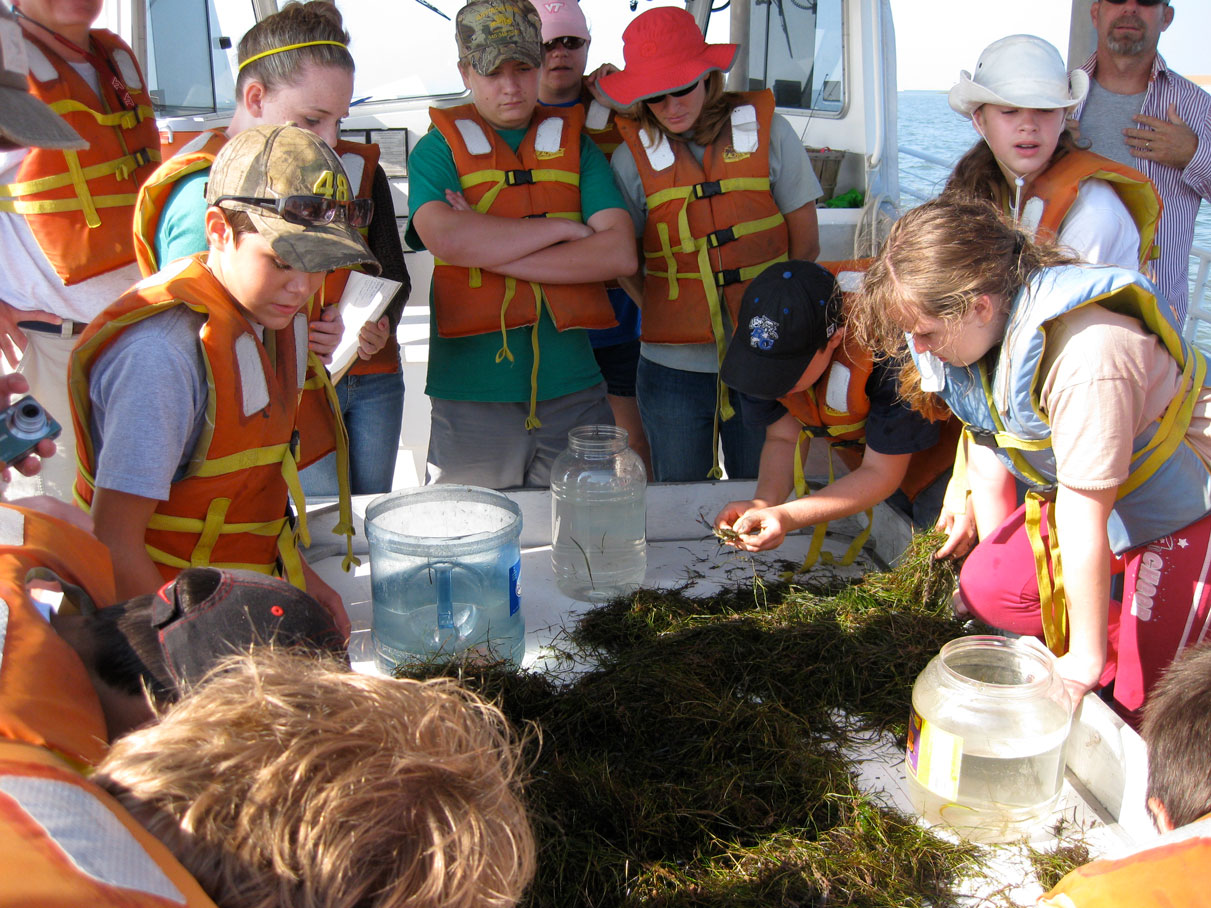
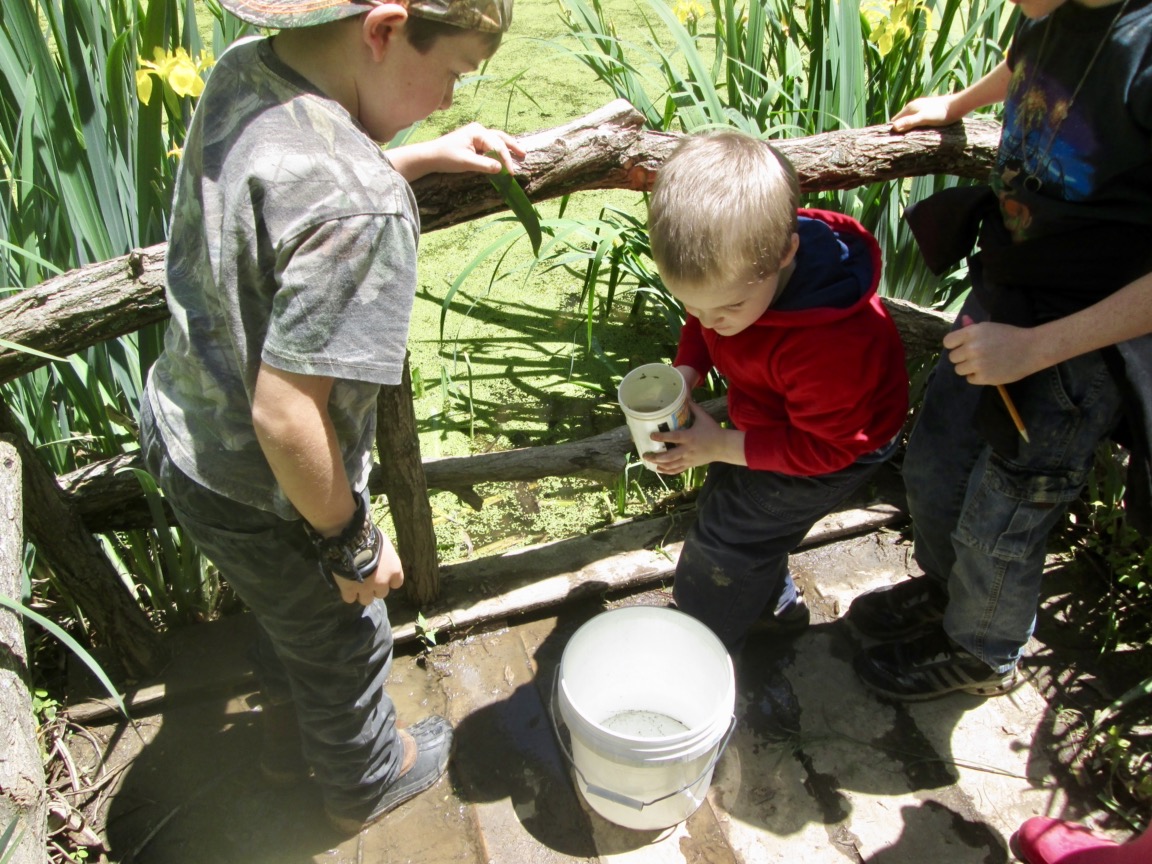
Did you know the ocean starts here? Boxerwood and all of Rockbridge County are part of the Chesapeake Bay watershed. That means all our water drains to rivers that ultimately lead to the Bay, about two hundred miles away. As a headwaters community, we have a special responsibility to send the healthiest waters we can to our neighbors downstream.
The Bay is one of the world’s largest and most productive estuaries. It is also a cradle for all kinds of aquatic life like blue crabs, dolphins, and seahorses. For many years, pollution from tributaries imperiled the Bay. Citizen efforts across the watershed are now reversing that trend. Boxerwood has been helping “Save the Bay” since its founding by two main routes.
Our school programs teach 2,500 children a year about our watershed. Younger students learn basic ecological concepts at Boxerwood. Older students conduct water-monitoring programs along local creeks and rivers—and at the Bay itself! Many classes also complete projects that directly help the Bay. These projects include planting trees, recycling, cleaning up rivebanks, and teaching adults to do the same.
our efforts
We use our facility to model best practices for protecting our watershed. A big challenge is managing storm run-off and associated erosion into streams.
The Nature Emulating Wastewater Treatment System is our signature, permit-approved, constructed wetland, which lets nature clean all of the Boxerwood water that is on its way to the Bay.
We work hard to maintain tree borders along our streams in order to control the amount of erosion that takes place along the waterways.
Rain gardens are important to slow the flow of water and are a safe and ecofriendly way of allowing the plants to do the heavy lifting. We've added many swales across the property and added rain gardens to prevent runoff.
Future plans
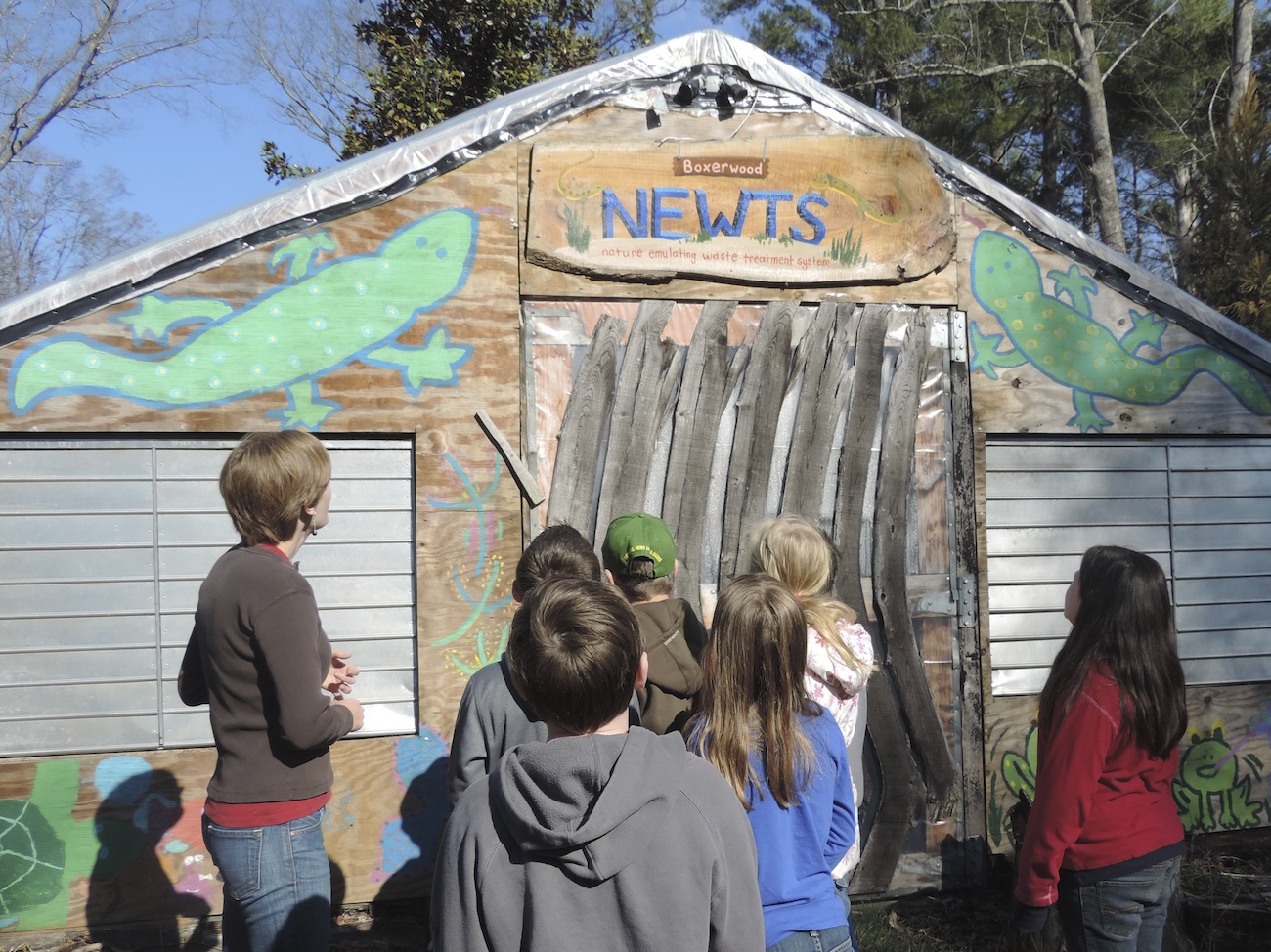
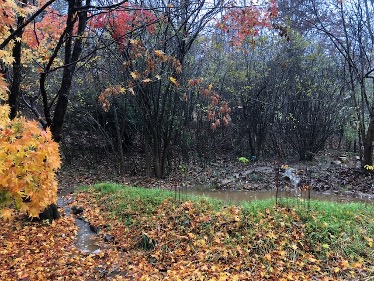
REDUCING OUR CARBON FOOTPRINT
Where would we be without carbon? This element continually cycles between earth and atmosphere to build and sustain life. Today, the carbon cycle is out of balance. Too much of the carbon balance is in the atmosphere. This imbalance results in changes to the planet’s climate system.
These changes impact weather and seasons, thus disrupting patterns of living for both humans and wildlife. You likely already know about some of the problems associated with climate change. What can we do to ensure a thriving planet?
Because we’re all part of an interconnected ecological whole, a positive change anywhere in the system impacts the whole. This concept inspires us at Boxerwood. We strive to make a difference by making positive changes where we can. That means addressing imbalances in the carbon cycle by reducing our own carbon impact (footprint).
our efforts
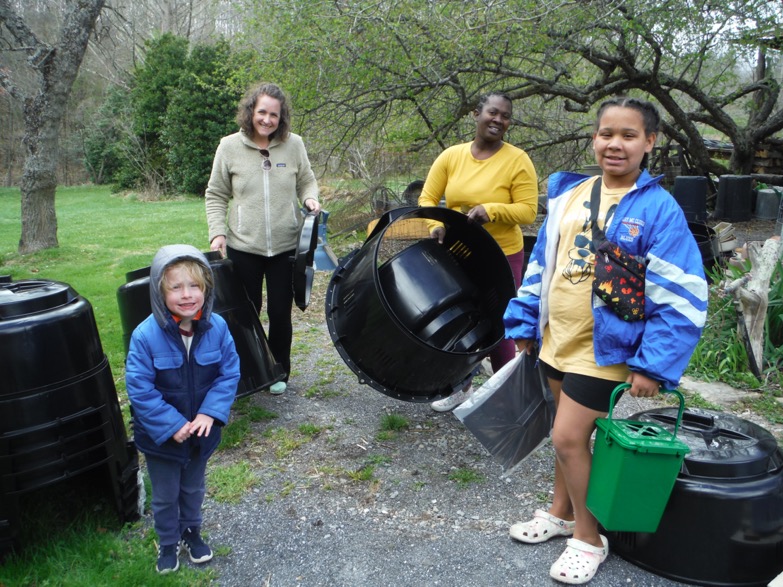
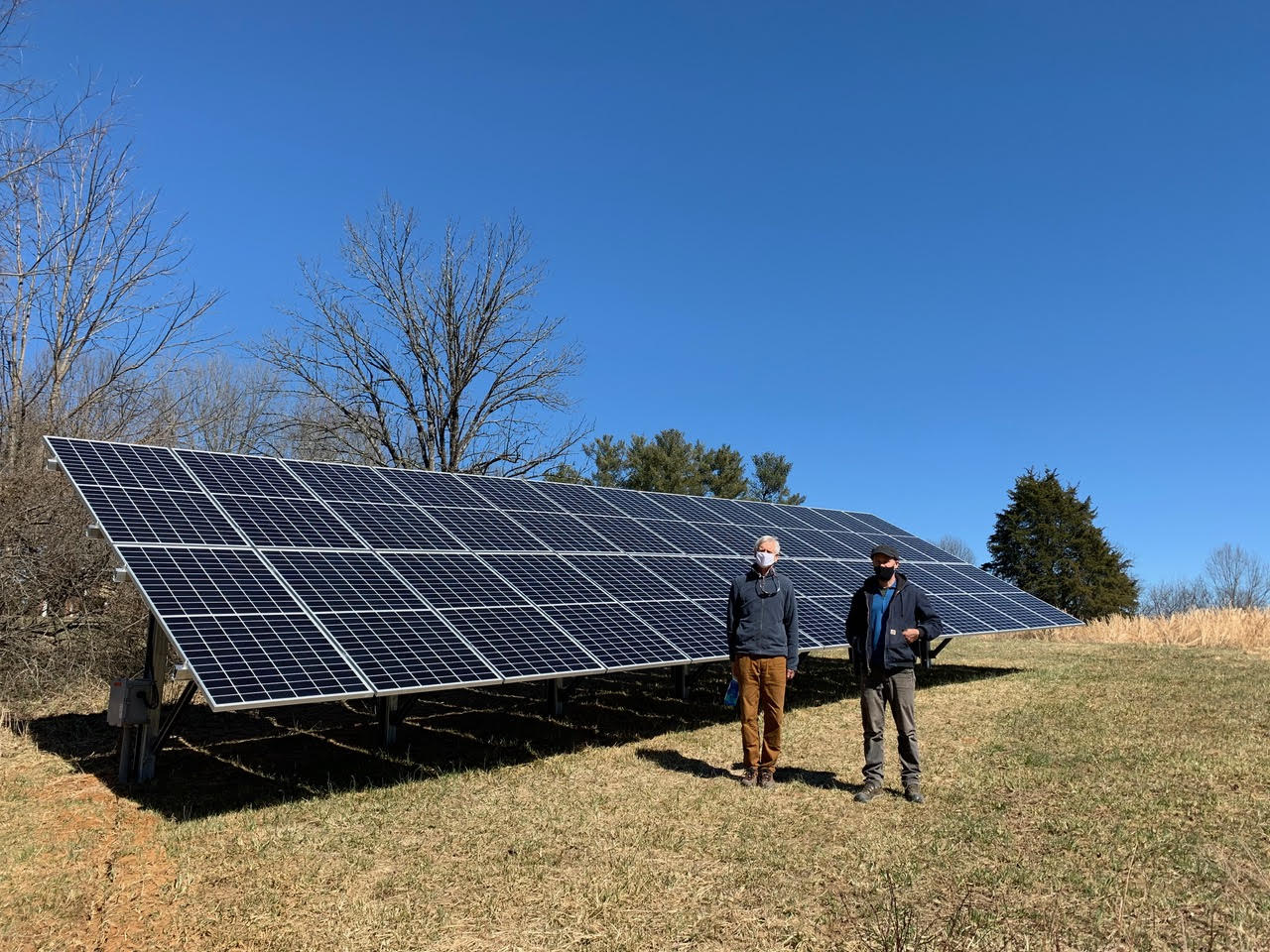
HELPING POLLINATORS

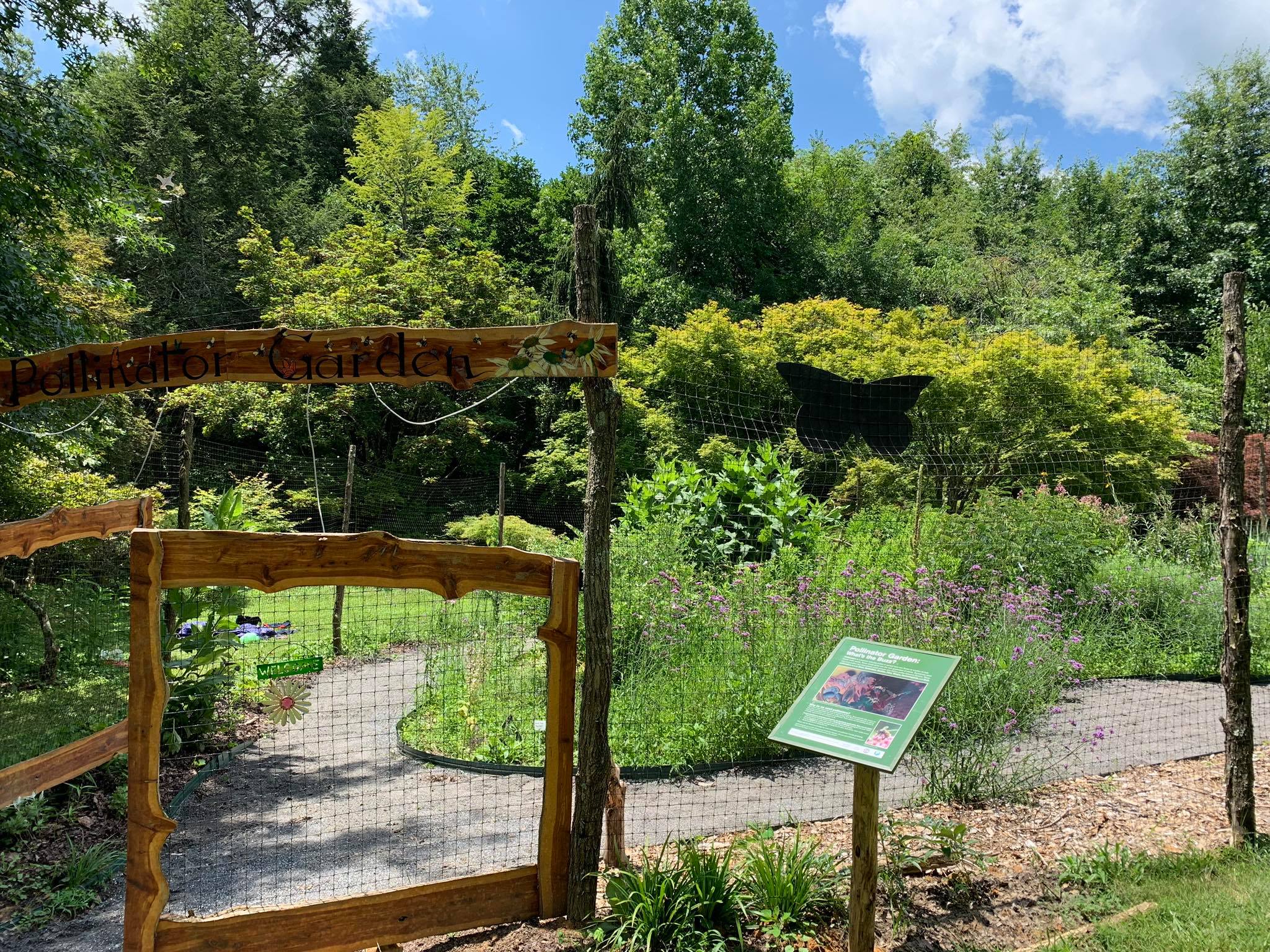
Bees, birds, bats, and butterflies—they dedicate their lives to keeping our gardens thriving and our food crops productive. Did you know that the honeybee alone is responsible for one in three bites of food we consume? Life would be less colorful and our meals would be very bland if not for them. Unfortunately, pollinators are under threat because of disease, pesticides, habitat loss, and climate change.
Boxerwood is working hard to help pollinators flourish. Our pollinator garden is stocked with plants that butterflies and bees love most—nectar-rich plants such as bee balm, thistle, and calendula. Just thirty minutes after the last plant was placed last summer, the bees showed up, obviously ready to get to work!
Native plants are best for pollinators. Our local Native Plant Society installed a second garden that features only native species. It offers birds and butterflies a habitat filled with their favorite plants.
